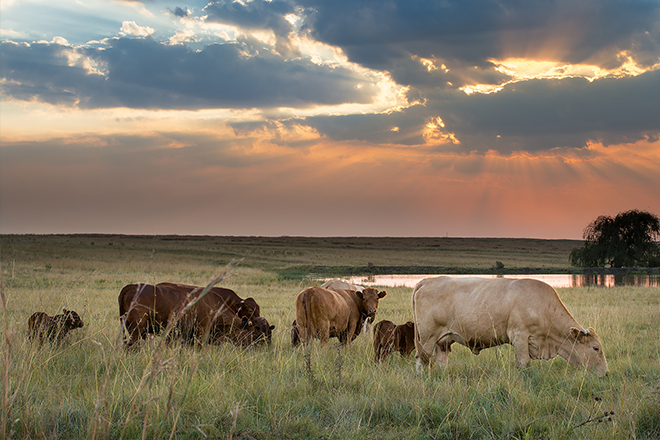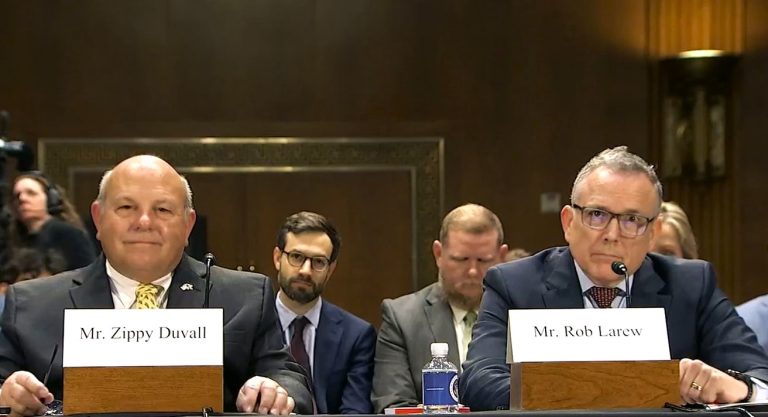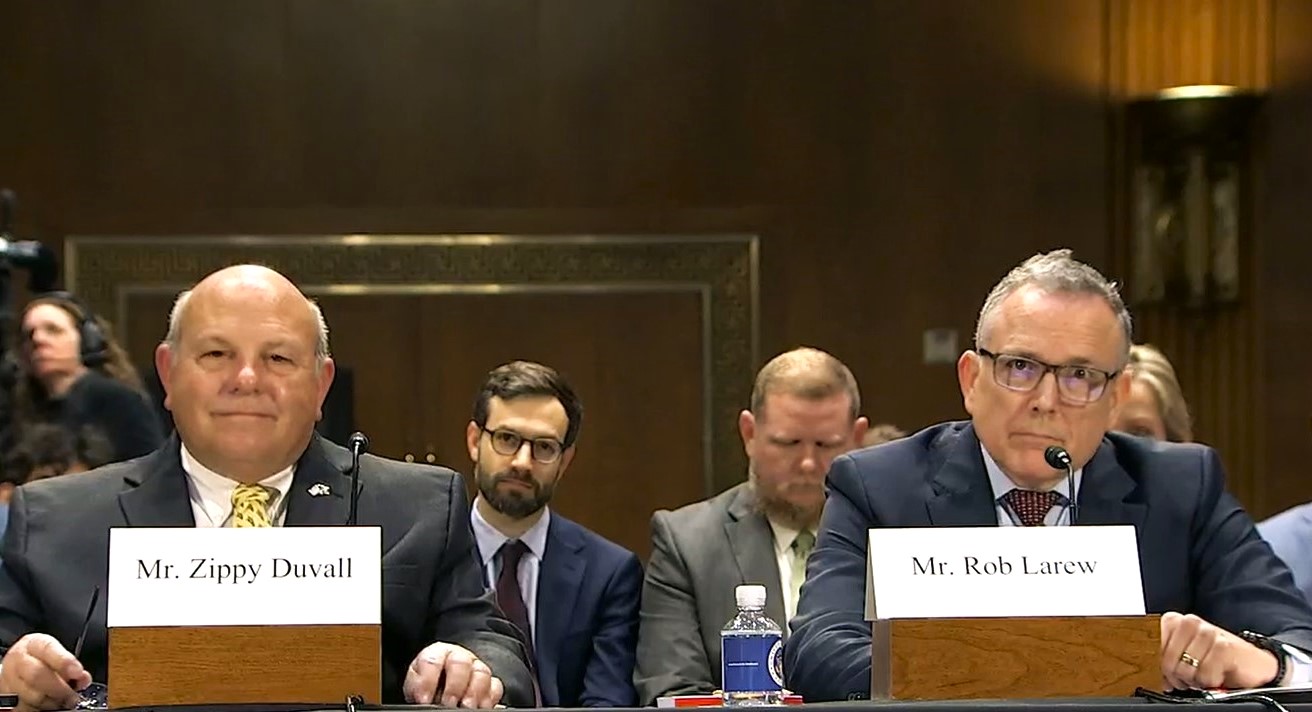PIERRE, S.D. – The Great Plains lost 1.6 million acres of grasslands in 2021.
That’s according to a World Wildlife Fund report released on Thursday, detailing the loss of grasslands in the U.S. and Canadian Great Plains. From 2012 to 2021, grassland conversion in the Great Plains totaled 32 million acres, or 50,000 square miles.
The Plowprint report identified row-crop expansion as the leading factor in grassland conversion, resulting in a loss larger than the state of Delaware in 2021 alone.
Martha Kauffman, vice president for WWF’s Northern Great Plains program, emphasized the significance of preserving grasslands as part of the solution to climate change.
“Let’s stop plowing grasslands,” Kauffman said in a written statement. “Just allow them to keep storing and sequestering carbon, and providing irreplaceable habitat for wildlife and pollinators as they have done for millennia.”
“Sequestering carbon” is a reference to the carbon dioxide — a heat-trapping greenhouse gas — that grass naturally pulls from the air and stores in the soil.
More land coming out of CRP despite efforts to grow program 〉
The Northern Great Plains — a region that includes western South Dakota — is one of the last four intact, temperate grasslands globally. It experienced an increase in conversion with 400,000 acres in 2021, up from 385,000 in 2020.
The report said prime lands for agriculture were converted decades ago, meaning recent conversions may not yield significant agricultural returns. The report attributes habitat destruction mainly to economic factors, often driven by government policies that inadvertently promote conversion over protection.
Some farmers and ranchers in South Dakota have pointed out that federal subsidies and insurance for crops like soybeans and corn make cultivation on subpar soils more profitable than preserving them as grasslands.
South Dakota Grassland Coalition Secretary Larry Wagner, of Chamberlain, said modern grassland conversion is “all brought on by federal farm policy,” which he said lobbyists for crop commodities have “highjacked.”
“And it’s not the farmers that benefit,” Wagner said, adding that the benefit goes to companies that produce seeds, tractors and fertilizer, who can raise prices in response to higher subsidies for crops.
Wagner said raising livestock on grass is the primary way to keep grasslands intact in South Dakota, and incentives should focus on making that industry financially viable.
The report suggests safeguarding current conservation funding; strengthening Sodsaver, a program that reduces the incentive to convert native grass to farmland; enhancing the Conservation Reserve Program, which pays farmers to keep marginal land out of production; and boosting support for sustainable grazing and conservation programs.
Additionally, the report advises passing the North American Grasslands Conservation Act. It would establish grassland research initiatives and create items including a North American grassland conservation strategy, a grassland conservation grant program, and national and regional grassland conservation councils.
Changes are also suggested for the national Renewable Fuels Standard, which requires the mixing of a minimum volume of renewable fuel, such as corn-based ethanol, into traditional fuels like gasoline. The report says the Environmental Protection Agency should ensure land used to make biofuels has not been recently converted from grasslands.













